Geosynthetic Liner: Essential Knowledge for the Geosynthetics Industry
Explore the uses, benefits, and market growth of geosynthetic liners in civil and environmental engineering. Backed by industry data.
Tel: +86-411-39569550 | E-mail: info@geofantex.com/geofantex@gmail.com
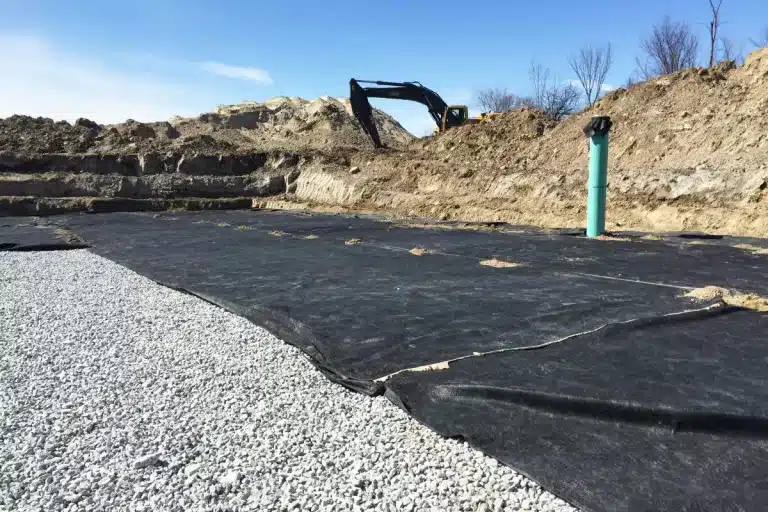
Explore the uses, benefits, and market growth of geosynthetic liners in civil and environmental engineering. Backed by industry data.

Geosynthetic clay liners (GCLs) create effective barriers in civil engineering. Explore their benefits, applications, and market growth.

Discover real-world cases where geotextile fabric under pavers improves soil stabilization, drainage, and reducing maintenance costs.
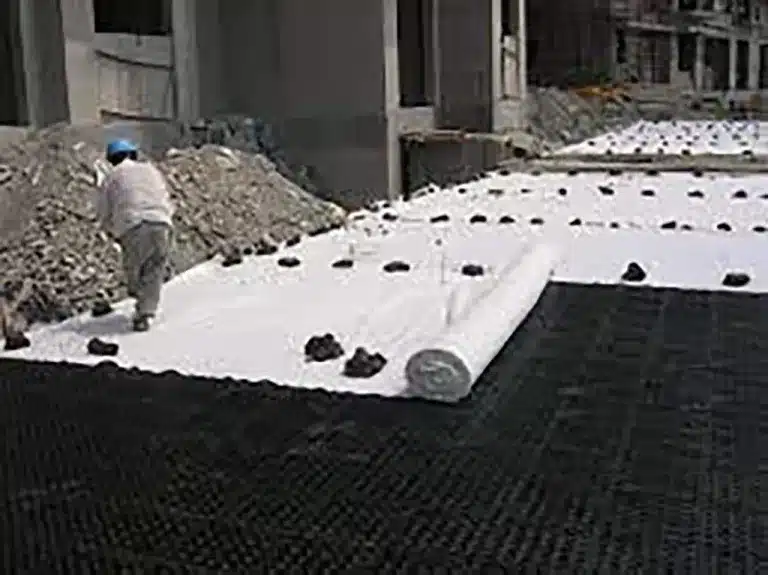
Real cases show how driveway geotextile fabric improves durability, reduces rutting, and supports stable gravel driveways.
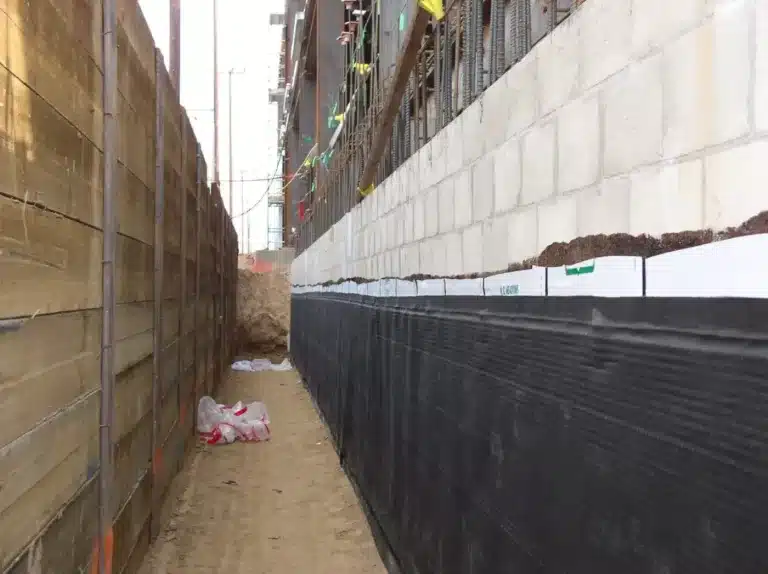
Discover the latest developments in K Drain Geocomposite, a breakthrough in geosynthetics drainage technology for projects.

Explore the benefits and uses of geonet hdpe for effective drainage in construction and geotechnical projects.
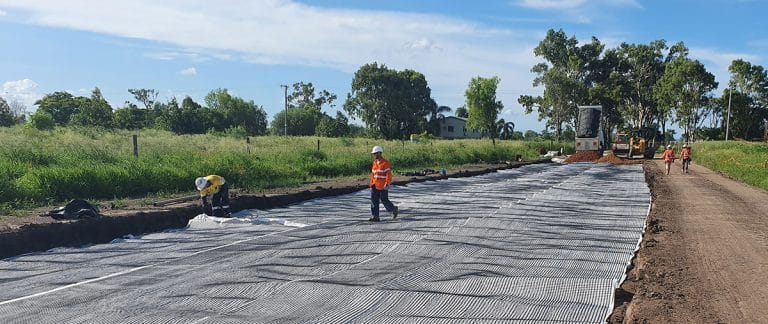
Explore key geonet benefits in drainage, slope stability, and environmental protection for cost-effective infrastructure solutions.
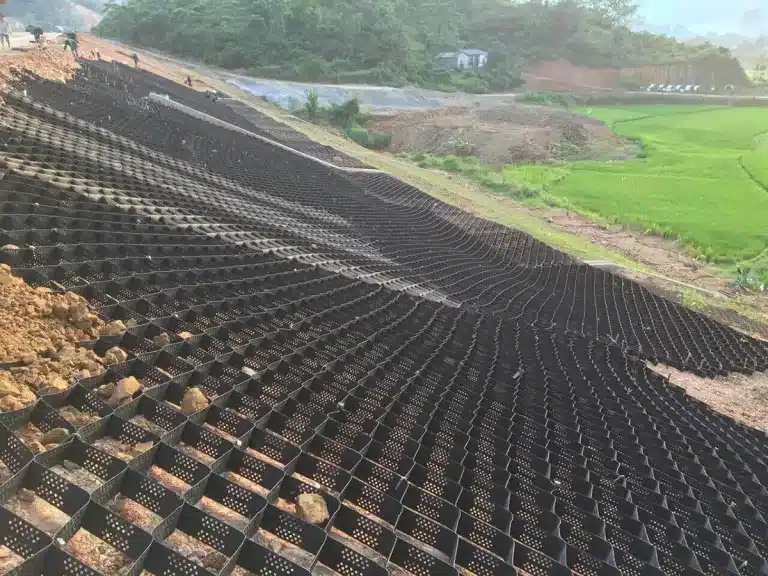
Geocell retaining wall forms use geosynthetics for soil stabilization and erosion control in civil engineering.
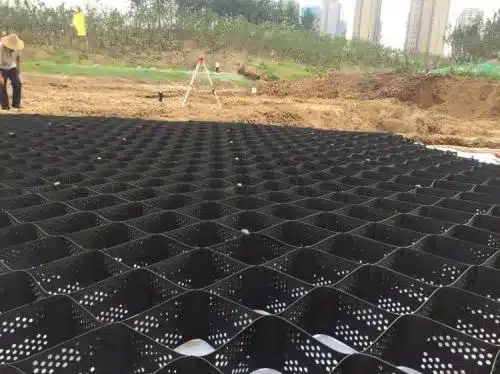
Geocell slope protection improves slope stability, prevents erosion, and promotes sustainable infrastructure development.
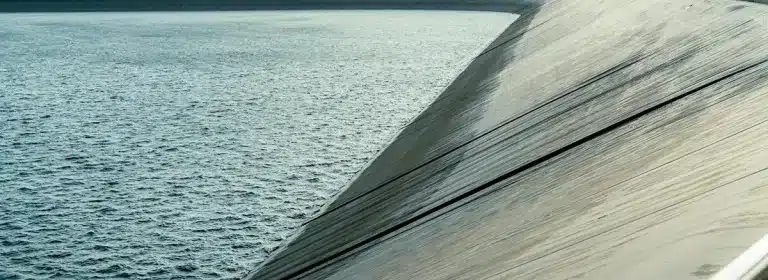
Key insights on geomembrane liner welding for durable, leak-proof geosynthetics in landfill and mining projects.
End of content
End of content
WhatsApp us